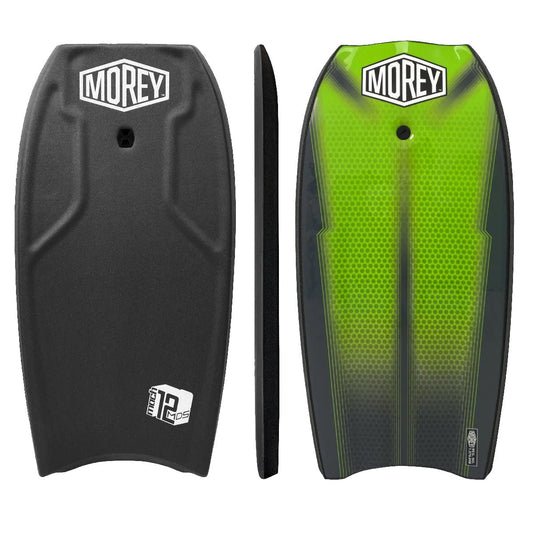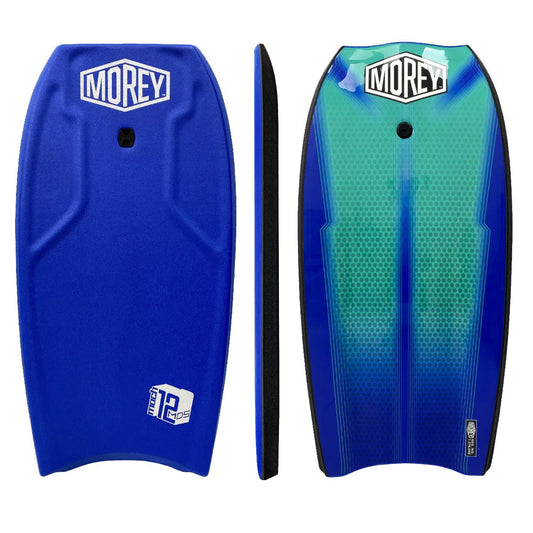
L'évolution des prix du bodyboard depuis les années 2000
Partager
En parcourant d'anciens magazines de bodyboard pour trouver de l'inspiration parmi les collections passées, j'ai réalisé que les prix des bodyboards en Europe n'ont que très peu évolué depuis le début des années 2000. À l'époque, BZ proposait déjà des planches autour de 400 euros, ce qui équivaut au coût des modèles haut de gamme aujourd'hui. Cependant, en tenant compte de l'inflation et de l'augmentation du coût des matières premières, principalement liée aux prix de l'énergie, ces mêmes planches seraient valorisées à environ 600 euros (avec un taux d'inflation de 50 %). Comment pouvons-nous justifier que les prix des planches n'ont pas significativement augmenté ?
Le début des années 2000 : Les usines se sont déplacées en Asie.
Tout d'abord, c'est au cours de cette période que de nombreuses usines ont choisi de se délocaliser en Asie. Nous vous invitons à écouter l'un des podcasts de Riptide avec Nick Mesritz, où il explique sa décision de créer une entreprise en Indonésie. La délocalisation a entraîné des prix considérablement plus compétitifs tout en maintenant des matériaux de haute qualité, notamment avec l'introduction des noyaux en PP et des slicks en Surlyn.
Cependant, avec le temps, cela a entraîné une augmentation des prix, mais aussi une amélioration des performances des planches.
Au milieu des années 2000, les prix des planches de bodyboard d'entrée de gamme sont restés relativement stables, mais les modèles haut de gamme avec des fonctionnalités et des matériaux avancés ont commencé à coûter entre 250 et 350 euros. Ces planches étaient destinées aux riders sérieux et aux bodyboarders compétitifs qui étaient prêts à investir dans un équipement de haute qualité.
Cette délocalisation a également entraîné une concurrence accrue entre les entreprises. Plusieurs marques ont vu le jour à cette période où la demande était relativement stable. L'offre importante a contribué à maintenir des prix de vente relativement bas, ce qui était positif pour le porte-monnaie des consommateurs, mais moins pour le marché dans son ensemble. Les marges bénéficiaires réduites n'ont pas permis d'investir suffisamment dans le marché et, par conséquent, dans les efforts de marketing.
La progression des prix des planches de bodyboard depuis les années 2000 ne reflète pas la croissance économique. Bien que les planches haut de gamme soient devenues plus chères en raison de l'amélioration des matériaux et du design, elles restent très abordables par rapport à ce qu'elles devraient coûter si l'on appliquait les modèles économiques du début des années 2000. Cependant, il existe toujours des options abordables pour les nouveaux venus dans le sport. La diversité des planches de bodyboard sur le marché aujourd'hui garantit que les riders de tous niveaux de compétence et de préférences peuvent trouver la planche parfaite pour leurs besoins, même s'il faut payer un supplément pour des performances de haut niveau. En fin de compte, l'évolution des prix des planches de bodyboard reflète le développement continu du sport et son attrait pour les passionnés du monde entier.



